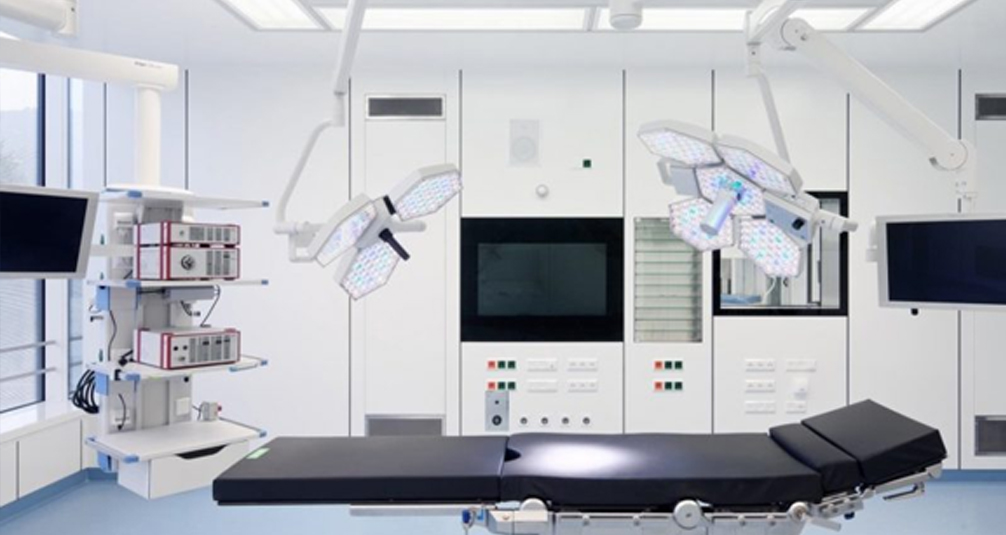Hospitals, being places where healthcare services are provided, require special ventilation systems to minimize the risk of airborne pathogens for both patients and healthcare personnel. These systems not only maintain optimal temperature and humidity levels but also provide air circulation that preserves the health of individuals in the hospital environment, considering parameters such as room pressure, airflow direction, and filter efficiency.
Features of Ventilation Systems
The function of ventilation systems in hospital environments goes beyond ensuring the air in the established area has optimal temperature and humidity. These systems must also provide an air circulation that preserves the health of both personnel and patients. This involves controlling parameters such as room pressure, airflow direction, and filter efficiency.
Areas Where Special Ventilation Systems are Used
Primary areas in hospitals that require special ventilation systems include:
Positive Pressure Rooms (Protective Environment): These rooms minimize the risk of airborne pathogens for both patients and healthcare personnel.
Negative Pressure Isolation Rooms: Isolation rooms allow the treatment of individuals in critical conditions without posing a risk to the external environment.
Intensive Care Units (ICUs): Ventilation systems in ICUs are specially designed for the care of critically ill patients.
Operating Rooms: Ventilation systems in operating rooms aim to minimize the presence of microorganisms and dust during surgical operations.
Compliance with Standards and Minimum Requirements
Ventilation systems used in hospitals must comply with specific standards and meet minimum requirements. For example, ventilation systems in operating rooms must have certain filter efficiency and air exchange rates.
Filter Efficiency: The efficiency of filters used in operating room ventilation systems should be 30% or above.
Air Exchange Rates: Conventional operating room ventilation systems should provide at least 15 air changes per hour, with at least three of them (20%) being clean air.
Laminar Airflow: In specific cases, laminar airflow systems in operating rooms may be preferred. However, considering the cost of these systems, they are recommended only under certain conditions and in specific centers.
Conclusion
Ventilation systems in hospitals play a critical role in preserving the health of healthcare personnel and patients. Well-designed and maintained systems, complying with standards, have a significant impact on maintaining hygiene in hospital environments. Especially in the case of operating room ventilation systems, effective reduction of the number of microorganisms present during surgical operations is vital.


